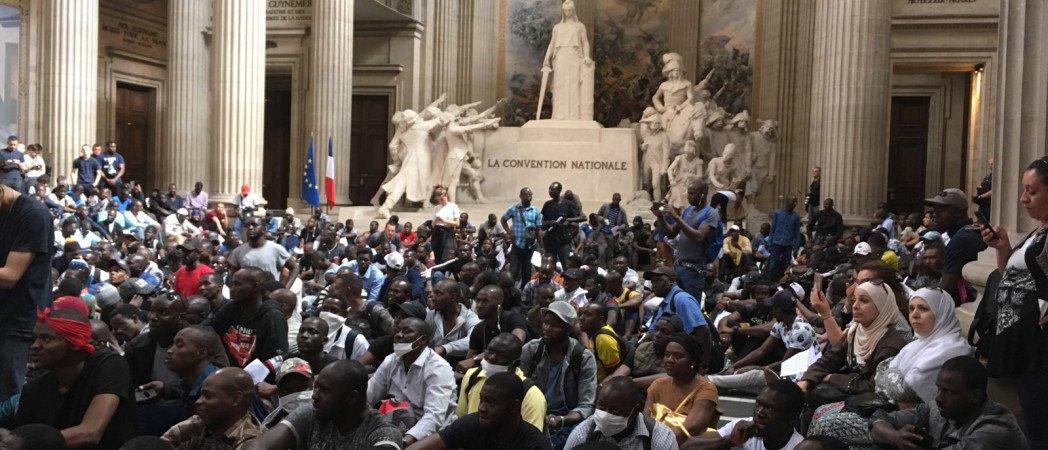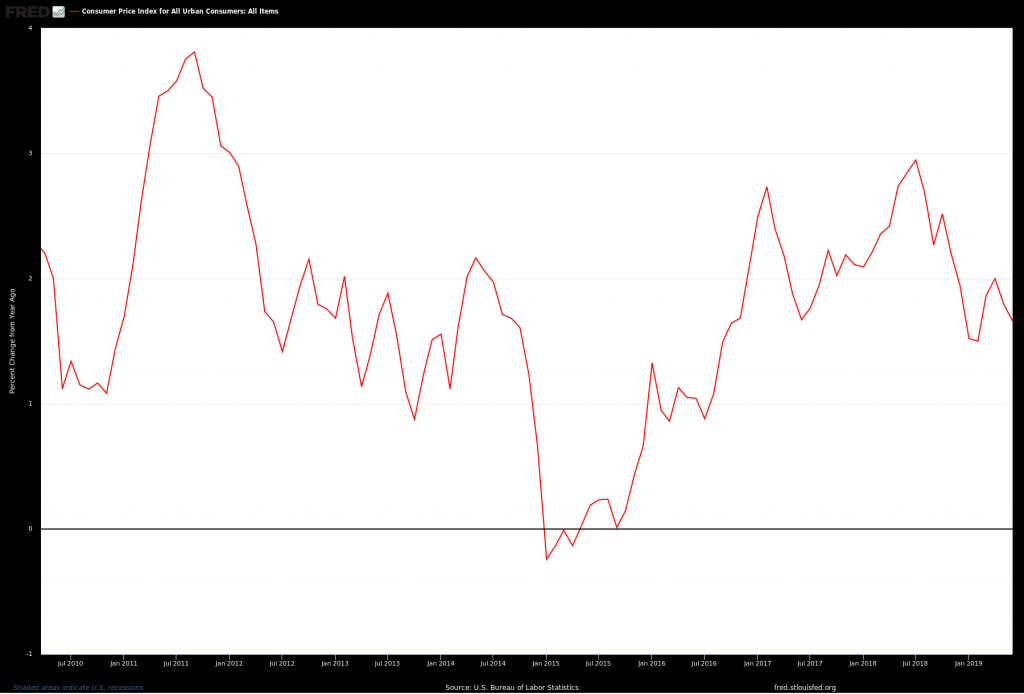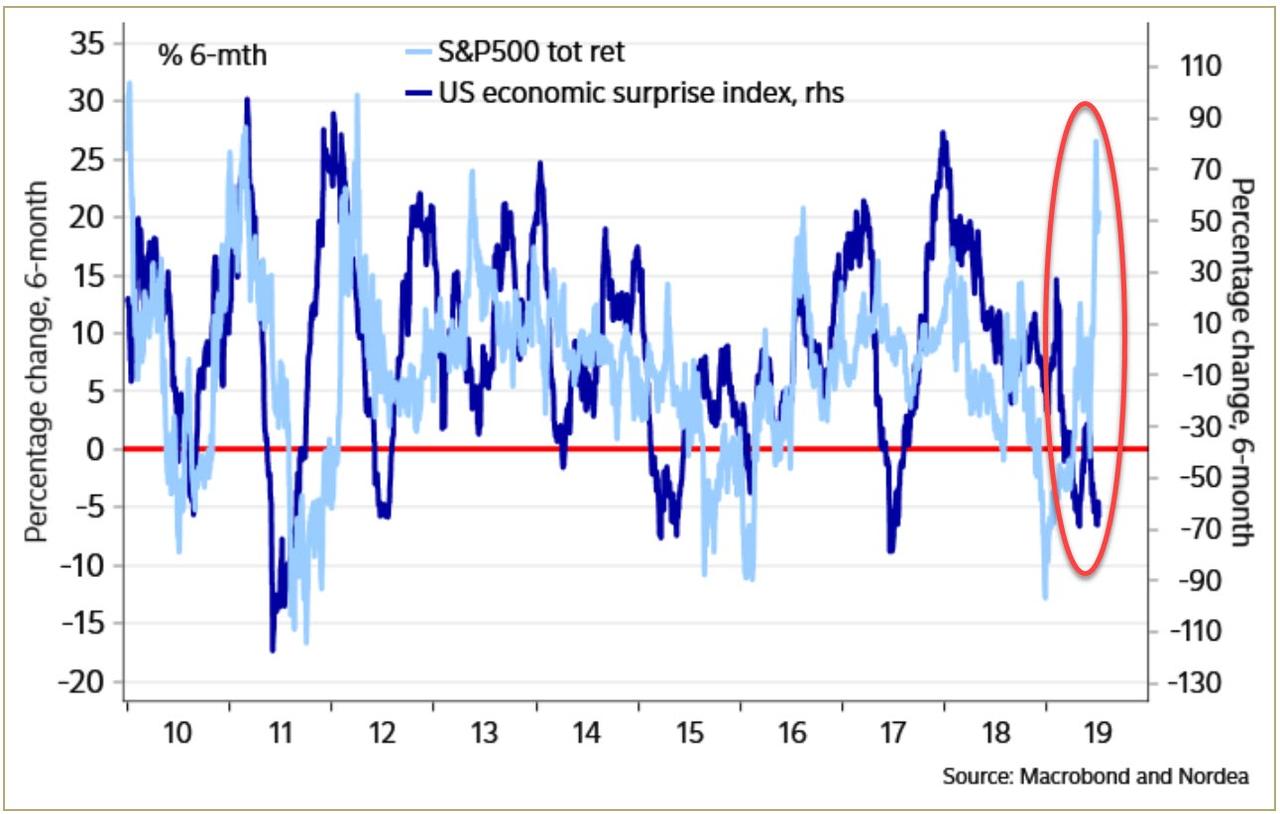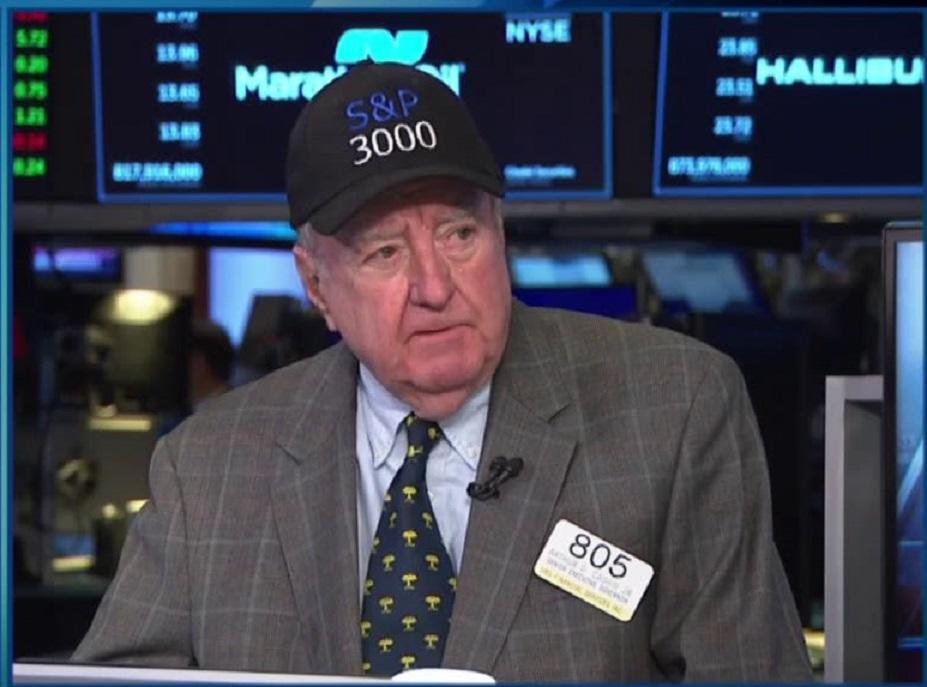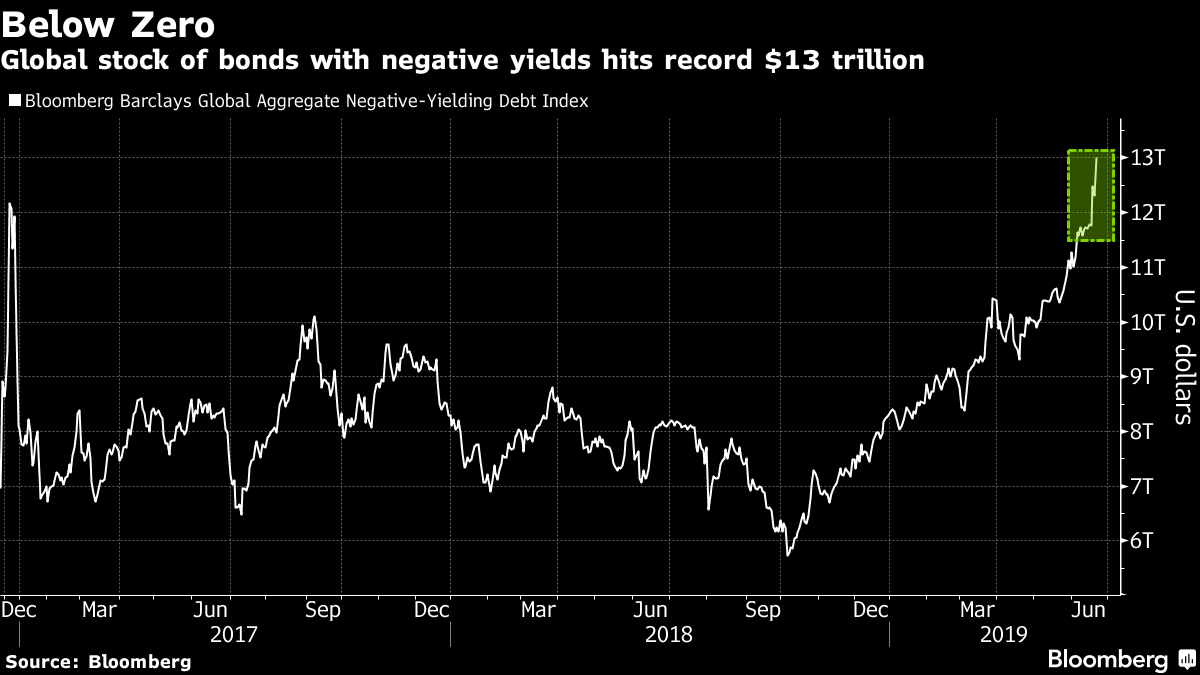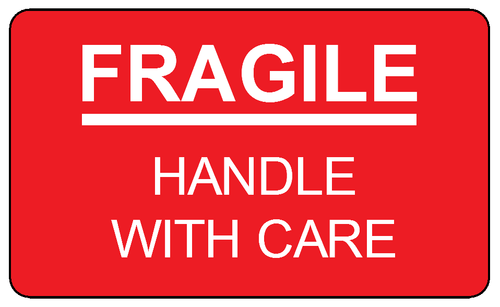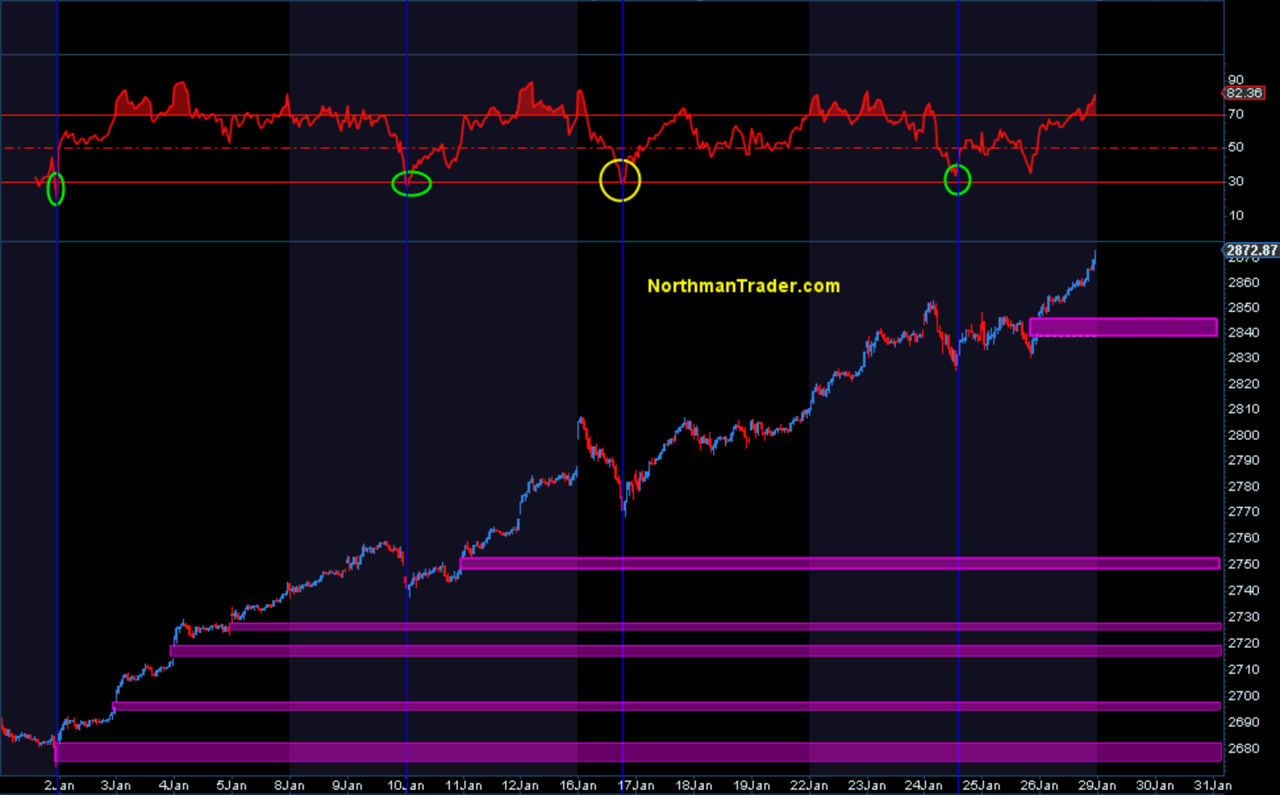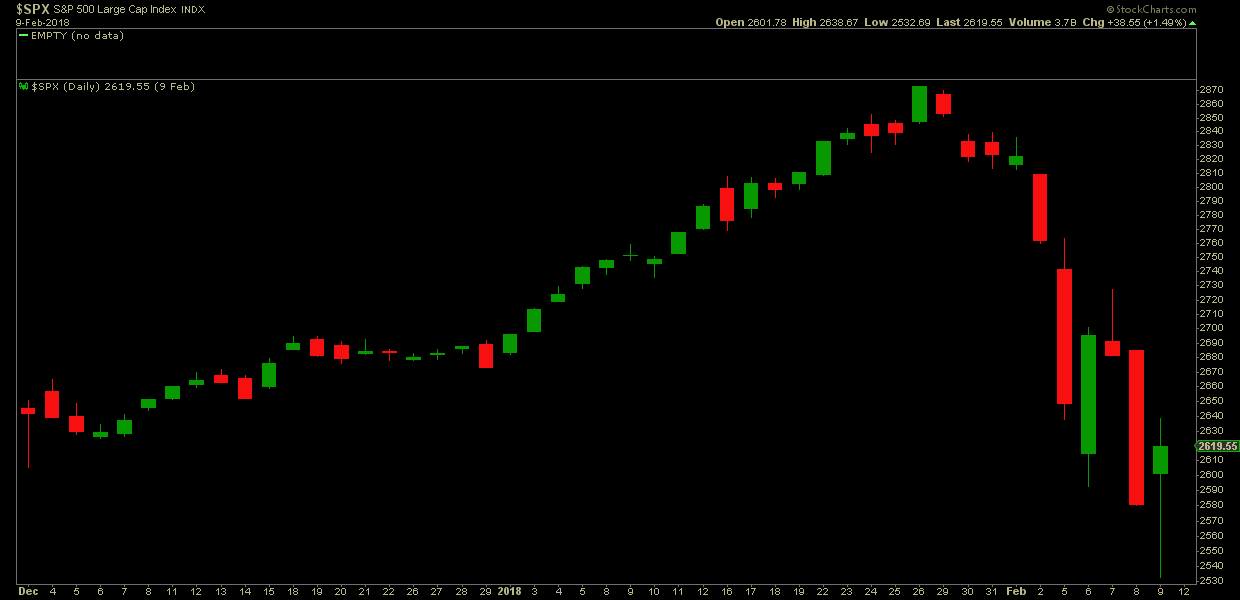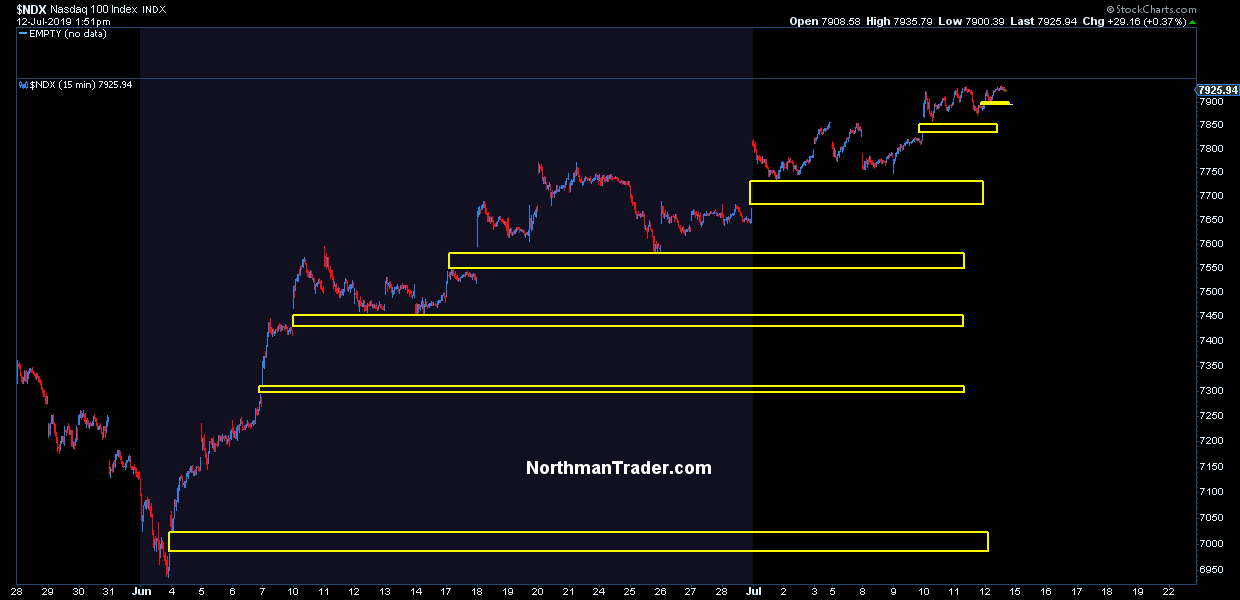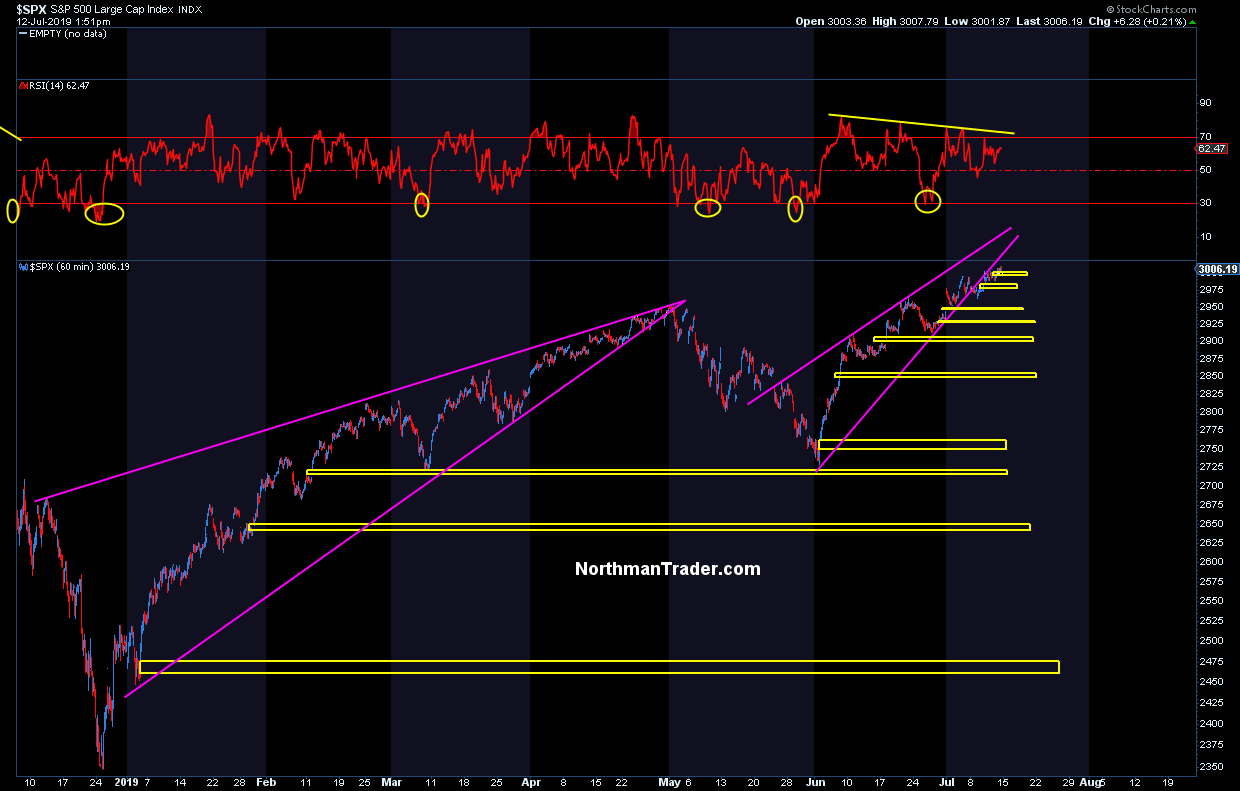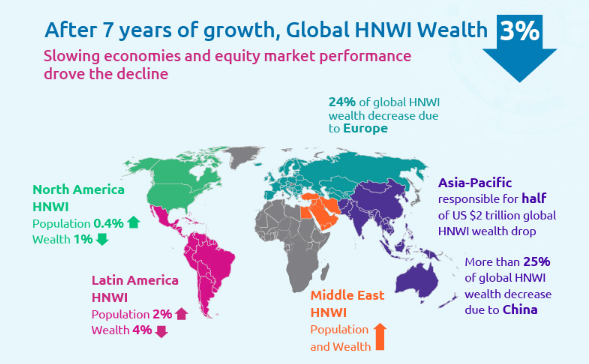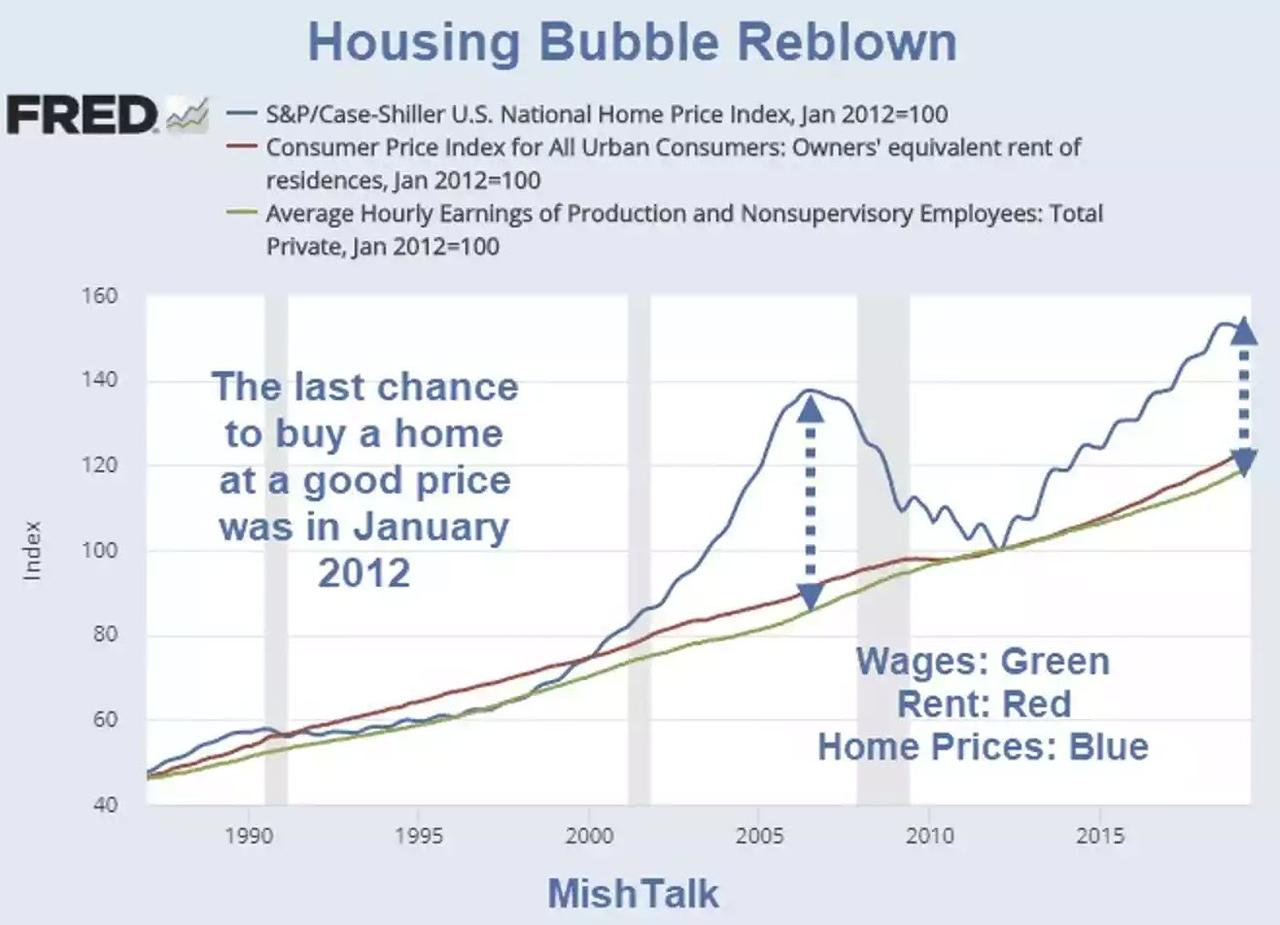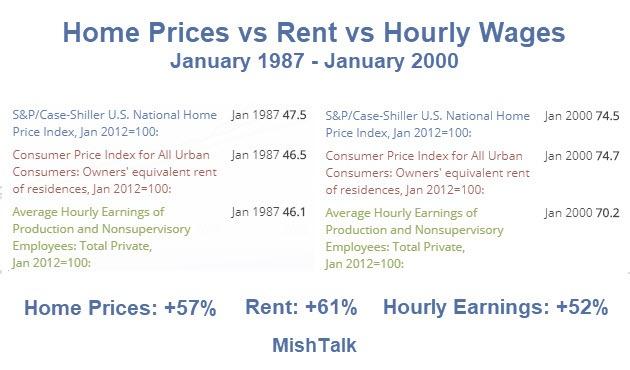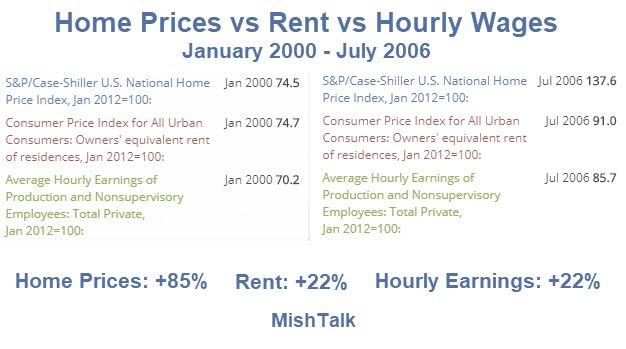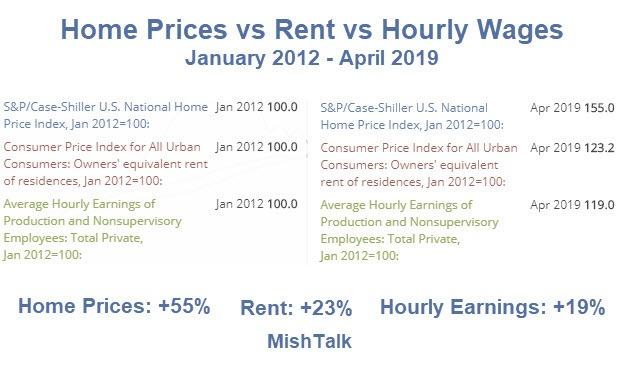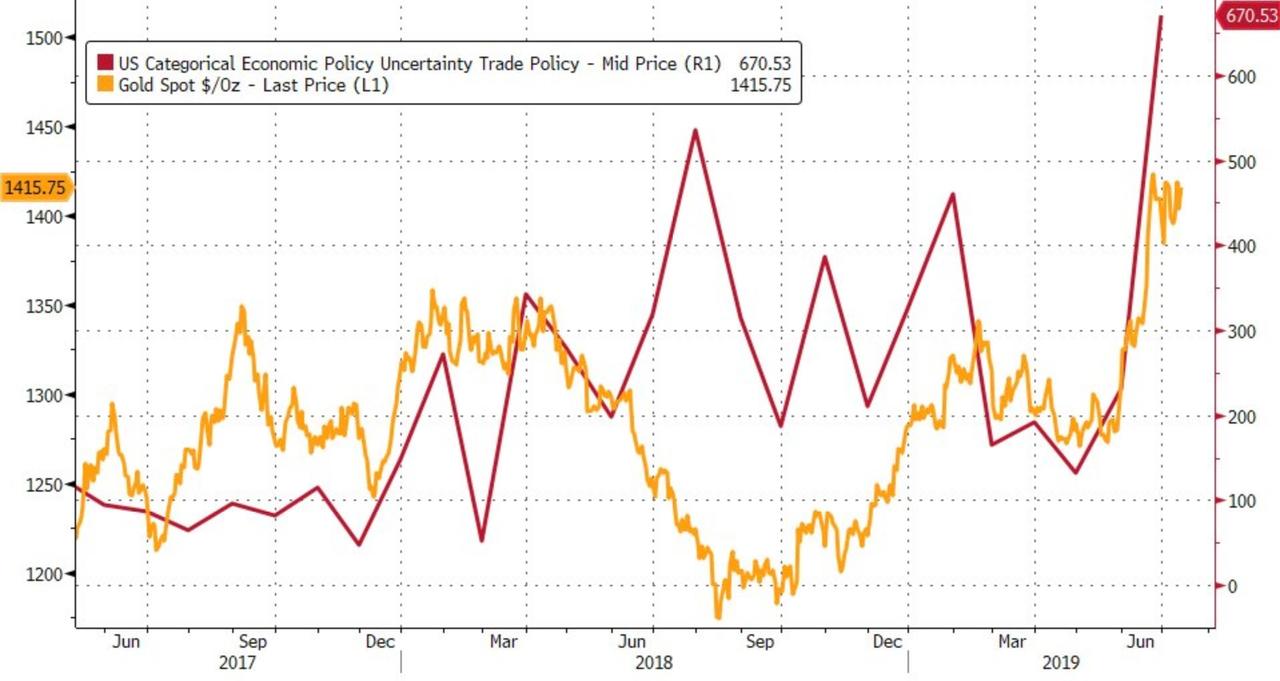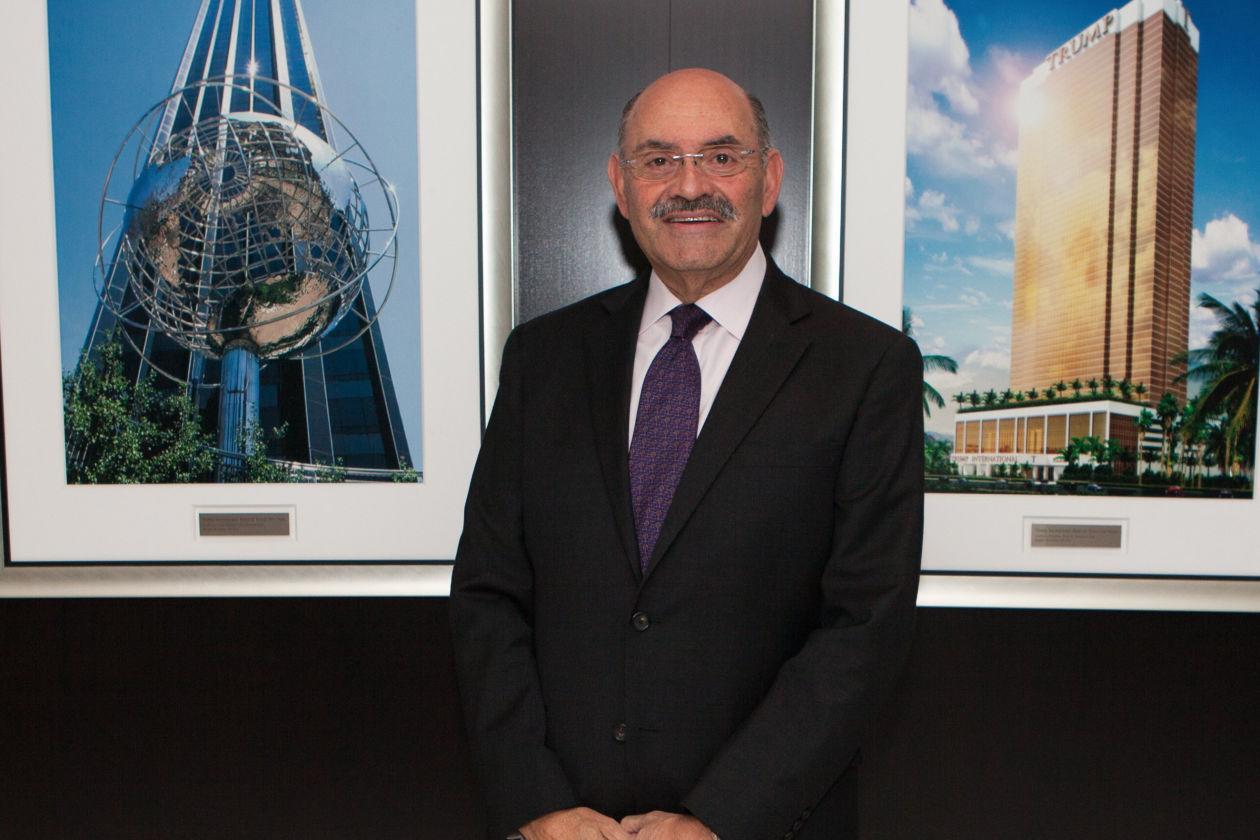Approximately 700 ‘Black Vest’ protesters filled the Pantheon in central Paris on Friday to demand that they be granted citizenship, according to France 24.
The so-called “Black Vests” is a Paris-based migrant association that takes its name from the “Yellow Vests” anti-government protest movement.
As they went inside, tourists were evacuated from the Pantheon, which is the final resting place of France‘s greatest non-military luminaries including the writers Voltaire, Victor Hugo and Emile Zola. –France 24
The undocumented migrant movement the #GiletsNoir have just occupied the Pantheon in Paris, demanding to see the Prime Minister. They have a list of demands, among them, the right to live & work.
Their chosen spot? Beneath a statue representing France reading: “live free or die” pic.twitter.com/TnL2MCsHhF
— Belal Awad|بلال عواد (@Baloo1987) July 12, 2019
“Black vests, black vests,” changed the group – alternating with “What do we want? Papers!”
Envahissement du Panthéon par les Gilets Noirs.
Papiers et liberté !!! pic.twitter.com/P0royjsz8p— Groupe Ayanarchiste Alhambrakamura (@AlhambraGrAn) July 12, 2019
La nasse vient d’être libérée, la joie est palpable #giletsnoirs #Pantheon pic.twitter.com/wS9E4CZt2l
— Benoit🔻📸🏳️🌈 (@deverly_b) July 12, 2019
The Black Vests demanded “papers and housing for everyone” in a statement, which describes their organization as “the undocumented, the voiceless and the faceless of the French Republic.”
“We don’t want to negotiate with the interior minister and his officials any more, we want to talk to Prime Minister Édouard Philippe now!” the group added.
“The Pantheon is a symbol of great men. Inside there are symbols representing the fight against slavery. We are fighting against modern-day slavery,” said French rights activist Laurent of Droits Devant. “Many people have been living without rights for years. We have done this to ask the prime minister for an exceptional regularisation. There has never been such a thing since [François] Mitterand took power” in 1981.
After several hours, the group eventually left when authorities escorted them out through a back entrance mid-afternoon, according to AFP. “All of the people who gained entry to the Pantheon have been evacuated,” tweeted Philippe.
In total, 37 protesters were arrested. On Saturday, several Black Vests showed up outside of a Paris police station to “demand the immediate release of our comrades! Long live the # Black Gilets !”
Devant le commissariat du 5e
On est toujours là et on exige la libération immédiate de nos camarades !
Vive les #GiletsNoirs ! pic.twitter.com/haKCyIqqx2
— La Chapelle Debout ! (@chapelledebout) July 13, 2019
They stayed there for several hours until they were calmly evacuated through a back entrance mid-afternoon, AFP correspondents said.
,” Philippe tweeted early evening as a police source said 37 arrests had been made. –France 24
Conservative lawmaker Marine Le Pen, leader of the right-wing National Rally, tweeted in disgust.
“It is UNACCEPTABLE to see protesting illegal aliens occupy, with wholesale impunity, this is the centre of the Republic,” adding “Expulsion should be the immigrants’ future — that is the LAW.”
Il est INADMISSIBLE de voir des clandestins revendicatifs occuper, en toute impunité, ce haut lieu de la République qu’est le #Panthéon.
En France, le seul avenir d’un clandestin devrait être l’expulsion, car c’est la LOI. MLP pic.twitter.com/K73EuAxZiD
— Marine Le Pen (@MLP_officiel) July 12, 2019
In June the Black Vests made headlines after briefly occupying the headquarters of Paris-based catering company Elior Group. A month prior, the group occupied a terminal at Charles De Gaulle airport to protest “Air France’s collaboration” in the deportation of illegal immigrants, per France24.
via ZeroHedge News https://ift.tt/2LQm280 Tyler Durden
